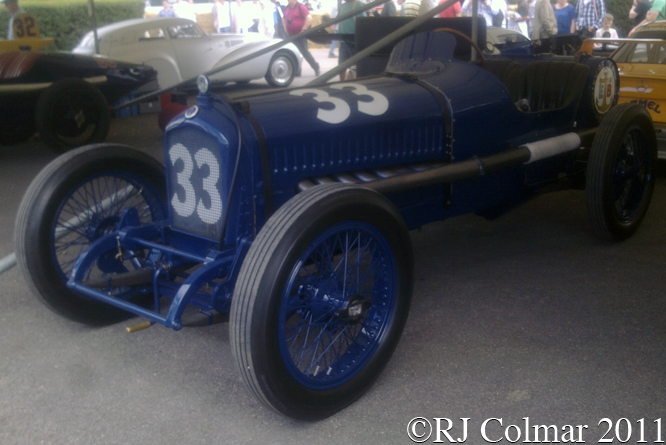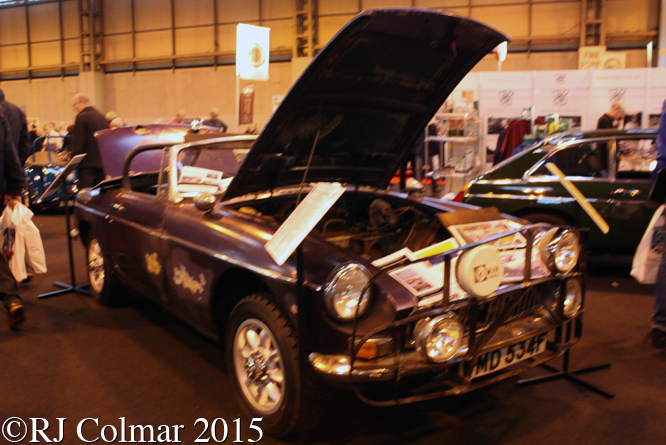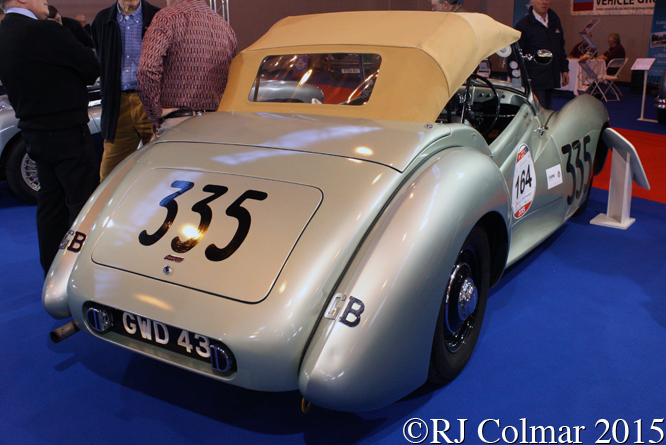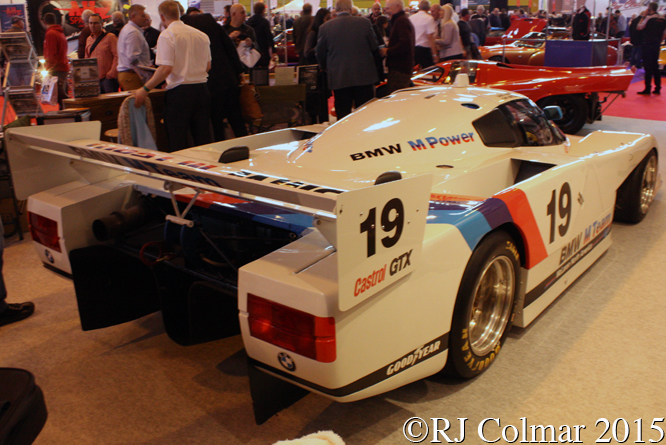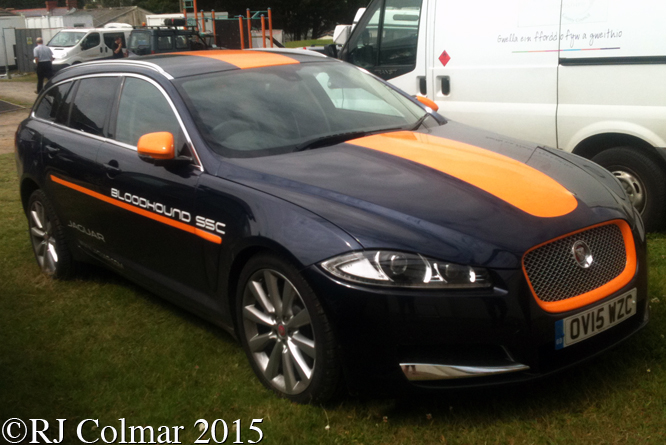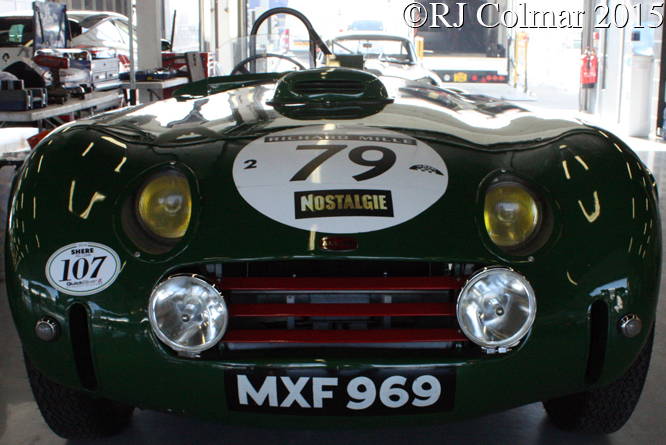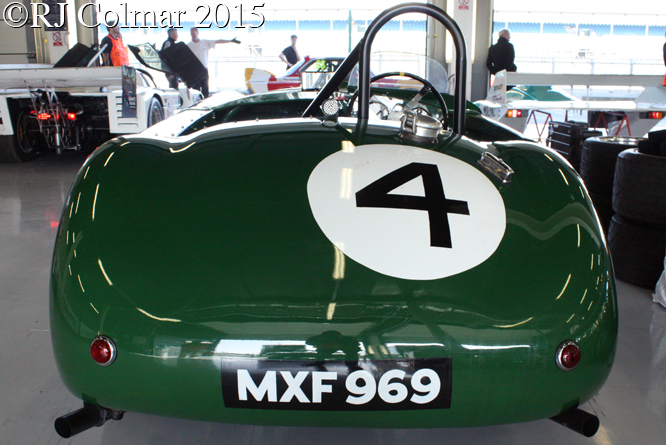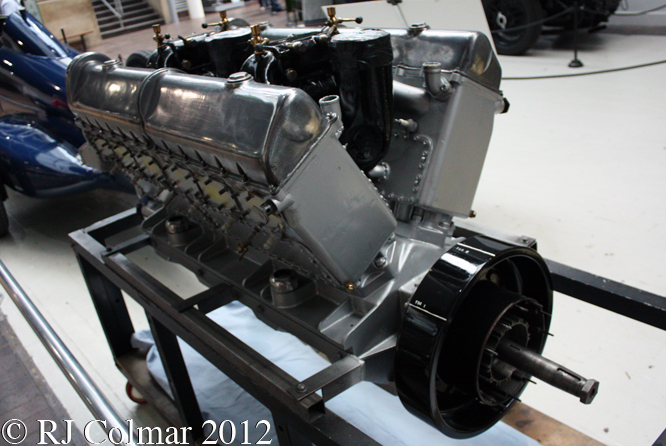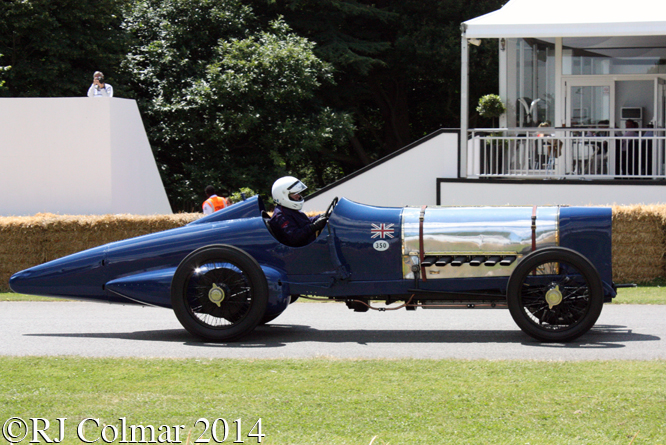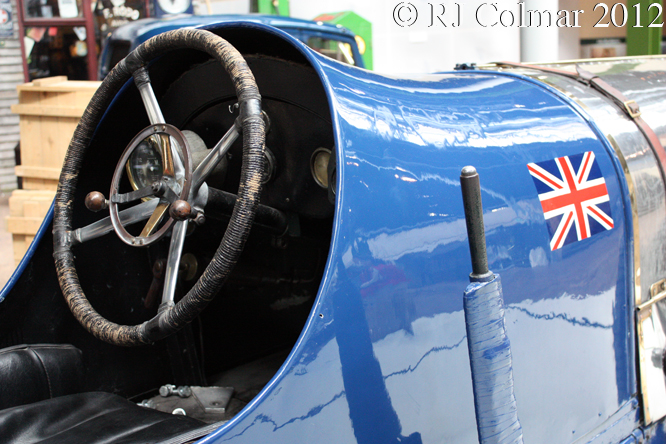Now celebrating it’s 50th anniversary the Historic Sports Car Club organised a two day International Trophy meeting at Silverstone last weekend of which I popped along to the second.

The first race of the day was led by the #91 Jaguar E-Type shared by Julian Thomas an Calum Lockie for opening 13 laps of the Turnkey GT and Sports Car Cup, but they lost ground on the driver change which happened as the course was under a full course caution that became a red flag after three further laps leaving the #75 AC Cobra 289 shared by Leo Voyazides and Andy Wolfe that had been running in the top six to inherit the win.

Sam Wilson in his #53 Lotus 20/22 led the 2nd Formula Junior race of the weekend from start to finish five cars held second place over the 9 lap race with Andrew Hibberd’s red #79 Lotus 22, seen in fourth above securing the spot with two laps to go, a late charge from James Murray secured third in his Lola.

James Hunt won the International Championship twice when the British Racing Drivers Club organised the event with Hesketh in 1974 and McLaren in his 1976 championship winning year, last weekend Michael Lyons, seen above, drove a 1977 spec McLaren M26 to an easy victory in International Trophy ahead of Andrew Smith’s Gunston liveried March 79B.

Leo Voyazides and James Wolfe had to work a little harder, than Micheal, in their 1973 Jean-Louis Lafosse / Reine Wisell Gitanes liveried Lola T282 to get the better of the #19 Simon Watson and Andrew Kirkaldy Chevron B19 and the third place #60 Chevron B26 driven by John Burton in the 50 minute Pre 80 Endurance race.

After several successful seasons running a Cooper in Formula Junior Jon Milicevic has switched to driving the #14 Brabham BT21B in Formula 3 and looks to continue his winning ways, having passed the Micheal Hibberd’s #25 Brabham on the opening lap he retained the lead to the end to finish ahead of Simon Archer’s #22 March 703 which worked it’s way up from 5th at the end of the opening lap.

George Tizzard’s persistence chasing down, the out of shot, #4 pole sitting Chevron B8 shared by Sandy Watson and Martin O’Connell was rewarded when he took the lead in the HSCC Guards Trophy 2 laps from home driving the #2 Gulf liveried Lenham Spyder.

Leo Voyazides took a fairly easy victory third victory of the day with a solo drive in his Ford Falcon in the HSCC ByBox Historic Touring Car Championship beating the Ford Mustang driven by Warren Biggs by 14 seconds from pole position.

In the final race of the day Ian Pearson won the HSCC Formula 2000 race from pole in his #9 Van Diemen RF83 while Andrew Park had to battle back to second in his white #27 Reynard SF81 after giving the place up to the #87 Reynard SF79 driven by Nelson Rowe and #33 Van Diemen RF82 of Marc Mercer on the opening lap.
Thanks for joining me on this International Trophy edition of “Gettin’ a li’l psycho on tyres” I hope you will join me for the next Packard edition soon. Don’t forget to come back now !



